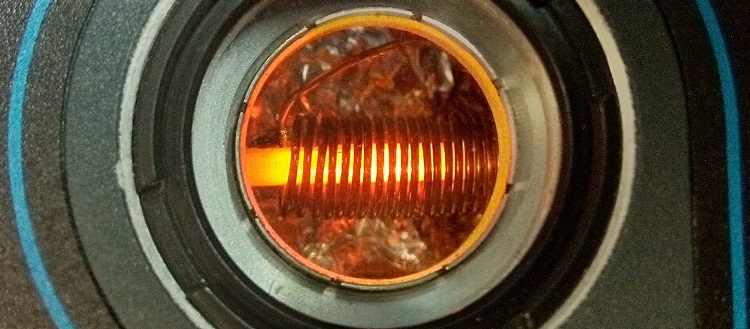Quantum physics has enabled various technological advancements, including computers, smartphones, GPS, and Cryptography. A team from the University of Geneva (UNIGE) has set another milestone for the cryptographic industry by storing a qubit in a crystal (a “memory”) for 20 milliseconds, paving the way for the construction of long-distance quantum telecommunications networks.
We applied a small magnetic field of one thousandth of a Tesla to the crystal and used dynamic decoupling methods, which consist in sending intense radio frequencies to the crystal. The effect of these techniques is to decouple the rare-earth ions from perturbations of the environment and increase the storage performance we have known until now by almost a factor of 40.
Antonio Ortu, a post-doctoral fellow in the Department of Applied Physics at UNIGE
Cryptography has always had its limitations, the information or the ‘quantum bits’ inside the photon, as it passes beyond a few hundred kilometers even within the same optical cable vanishes. As a result, it requires repeaters or a process of ‘relay’ which are partly based on quantum memory. Quantum theories provide for the perfect authenticity and confidentiality of information (a qubit) when it is communicated between two interlocutors over an optical fiber by a particle of light (a photon).
Back in 2015, Mikael Afzelius, a senior lecturer in the Department of Applied Physics at the Faculty of Science at the University of Geneva (UNIGE), together with his team, has succeeded in storing a qubit delivered by a photon in a crystal (a ‘memory’) for 0.5 milliseconds. This allowed the photon to impart its quantum state to the crystal’s atoms before dissipating. The phenomena, however, did not endure long enough to allow the construction of a bigger network of memory, which is required for the development of long-distance quantum telecommunications.
The findings of this study represent a significant step forward in the construction of long-distance quantum telecommunications networks. They also reduce the storage of a quantum state carried by a photon to a time scale that humans can estimate.
The challenge now is to extend the storage time further. In theory, it would be enough to increase the duration of exposure of the crystal to radio frequencies, but for the time being, technical obstacles to their implementation over a longer period of time prevent us from going beyond 100 milliseconds. However, it is certain that these technical difficulties can be resolved.
Mikael Afzelius, a senior lecturer in the Department of Applied Physics at the Faculty of Science of the University of Geneva (UNIGE)
The scientists will also have to figure out how to create a memory that can store more than one photon at a time, and so have ‘entangled’ photons that guarantee confidentiality.
“The aim is to develop a system that performs well on all these points and that can be marketed within ten years,
Mikael Afzelius, a senior lecturer in the Department of Applied Physics at the Faculty of Science of the University of Geneva (UNIGE)
Read more about the news here.

